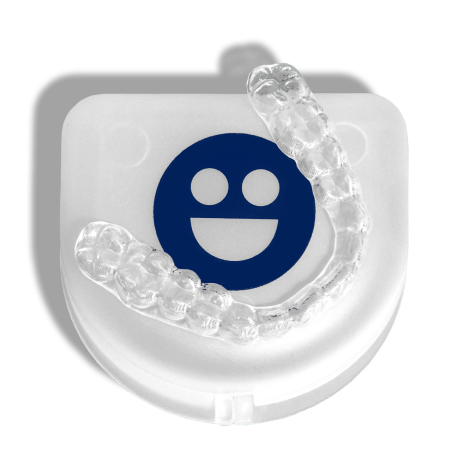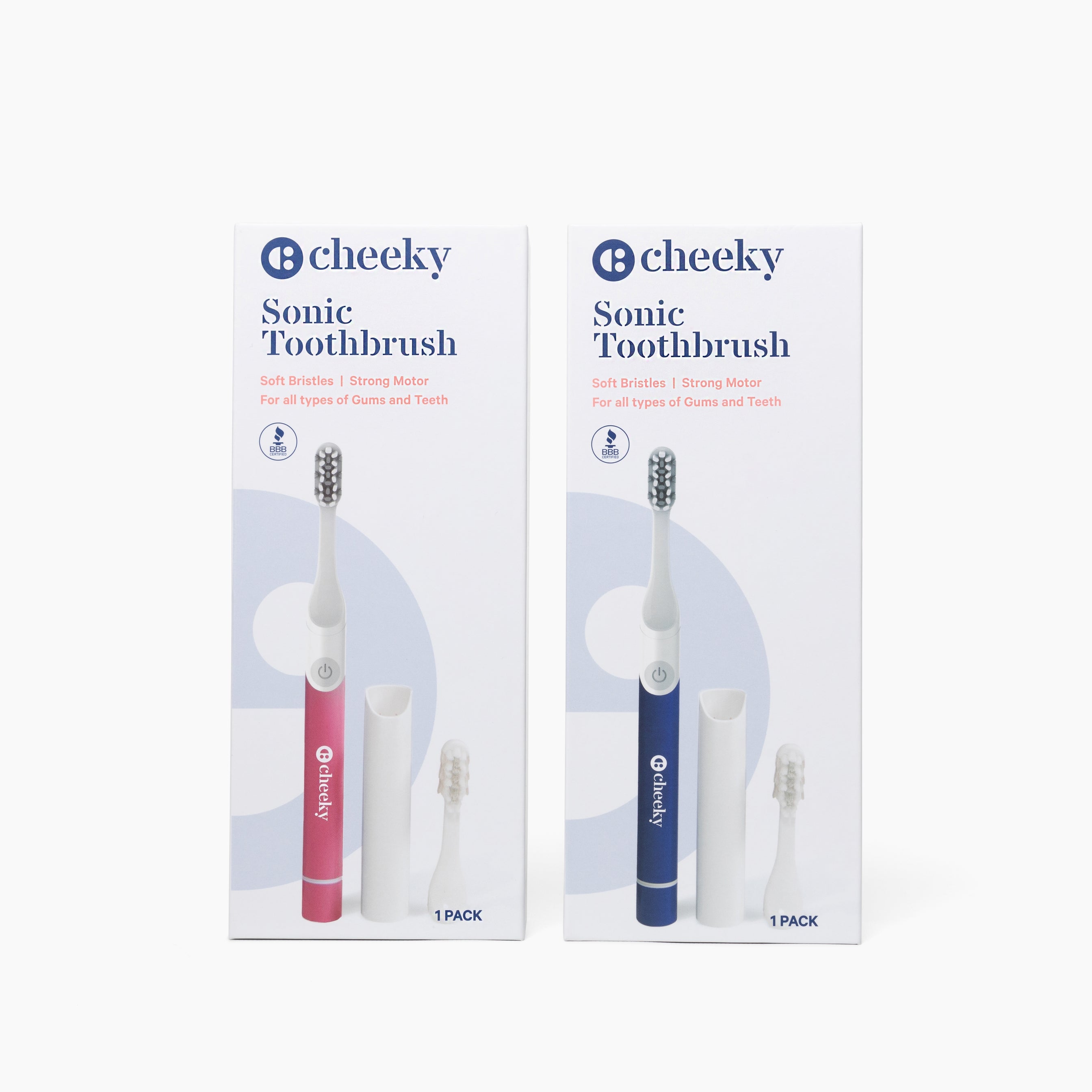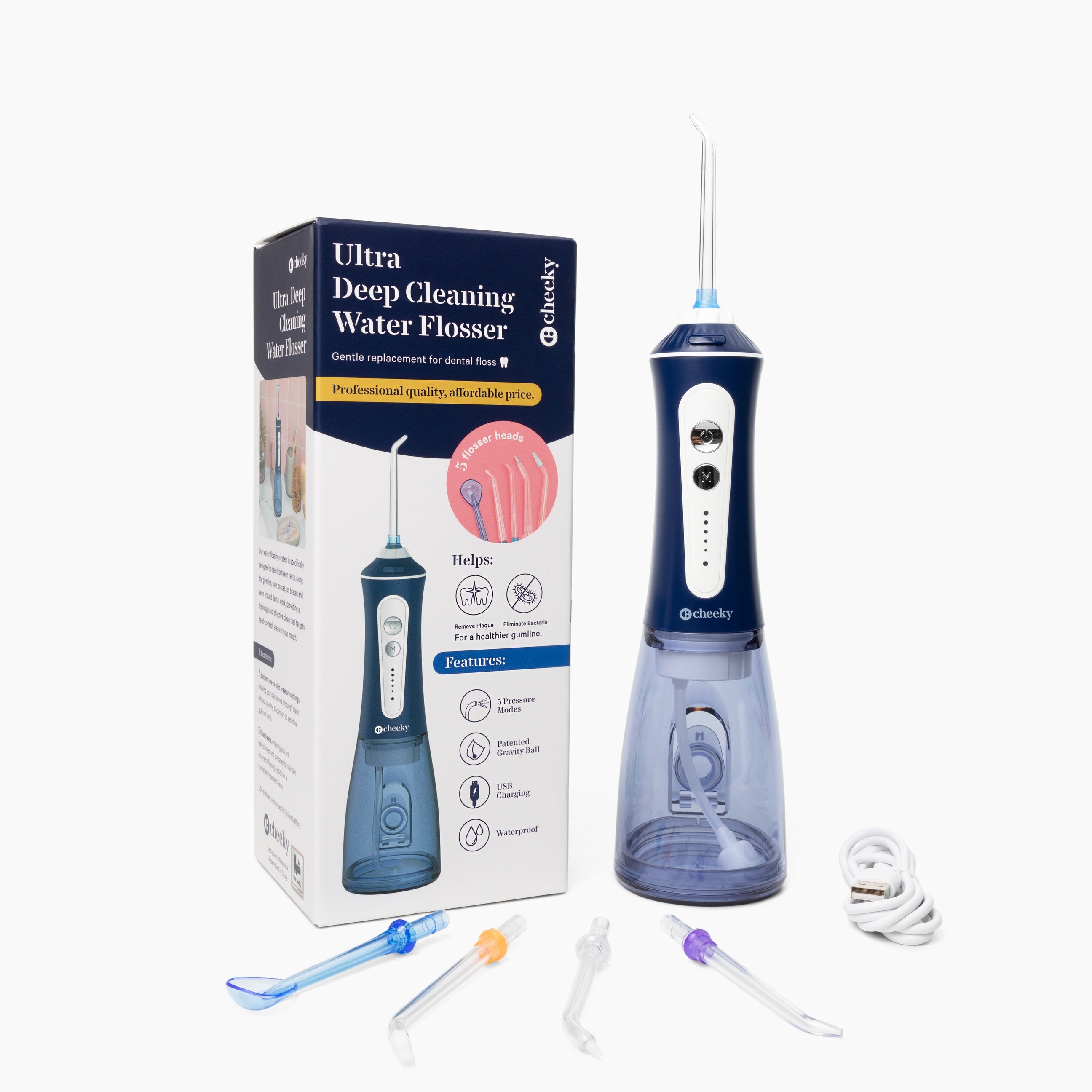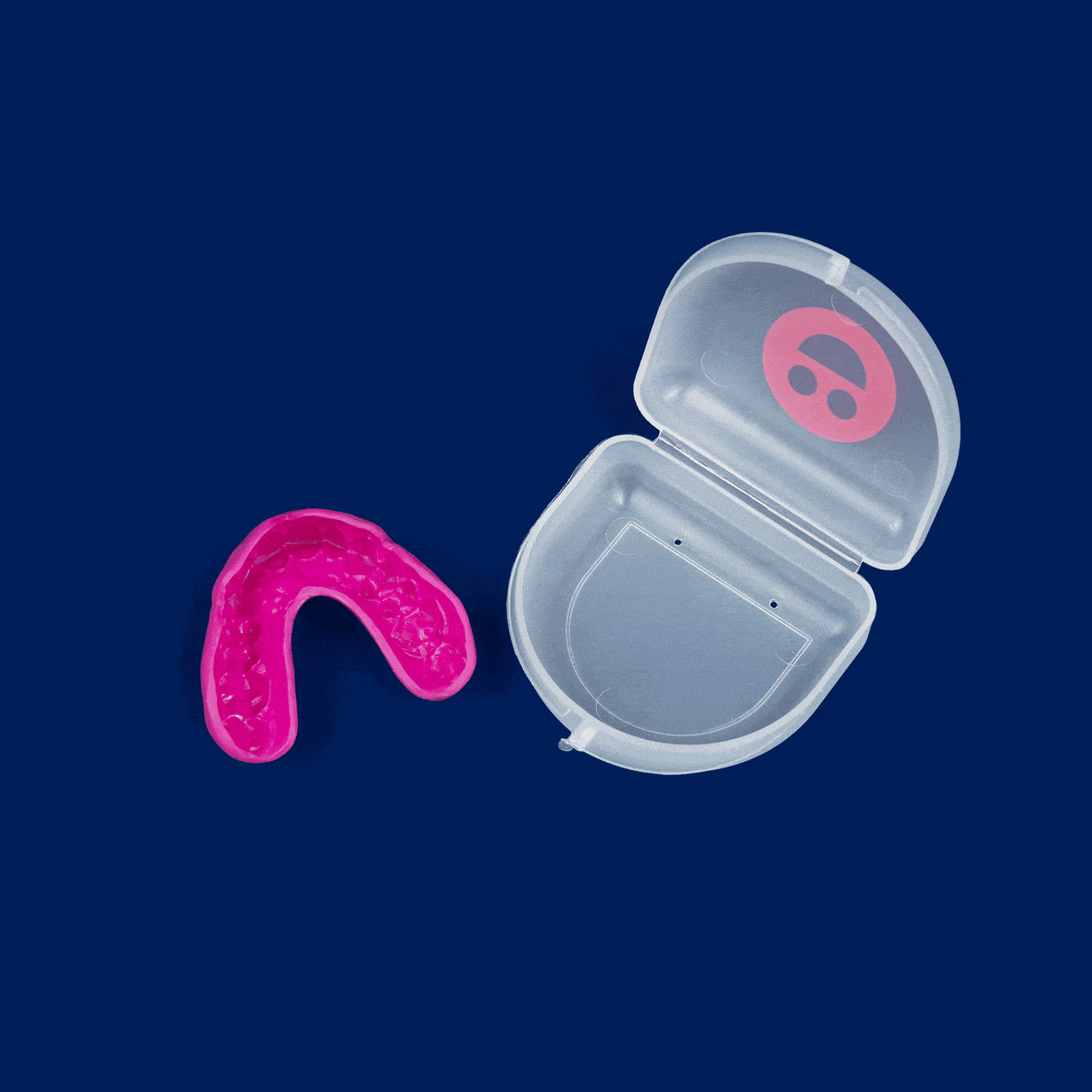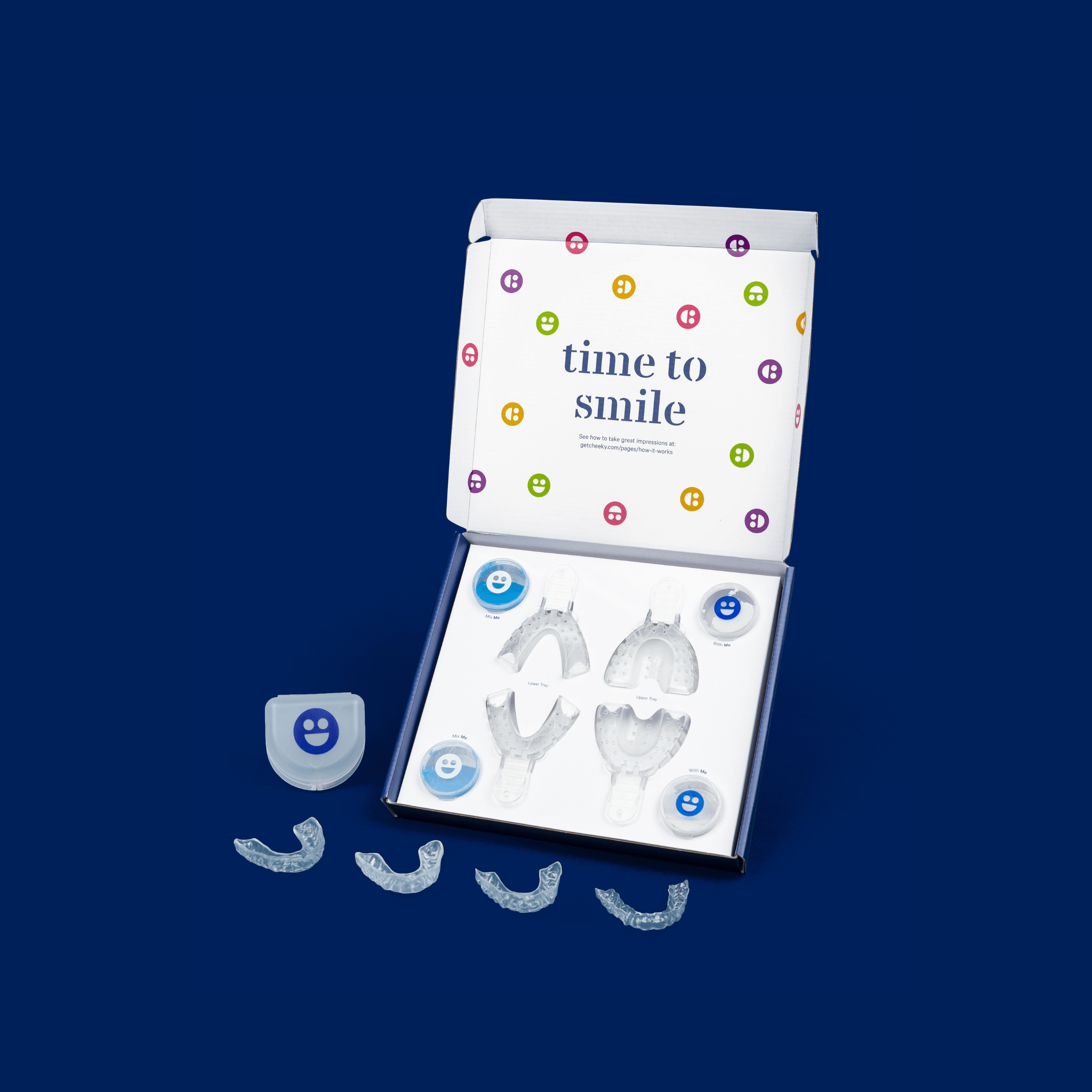A Complete Guide on How to Wear Mouth Guards Comfortably and Effectively

A mouth guard is a dental appliance that protects your teeth, gums, and jaw from the forces generated by clenching, grinding, and high-contact sports and activities. If you have sleep disorders like sleep apnea and TMJ, a mouthguard can help improve your oral health and sleep quality.
This guide describes how to wear a mouth guard correctly to maximize protection and comfort, allowing its continuous wear. We’ll also show you how custom-fitted mouthguards are molded from dental impressions to provide the perfect fit and protect your teeth.

How to Wear a Mouth Guard the Right Way
Understanding how to wear a mouth guard correctly is important because not wearing it right defeats its very purpose. The right steps towards proper wear vary depending on the type of mouth guard you choose. The following are the different types of mouth guards and expert tips on how to wear each one:
1. Know Your Type: Custom, Boil-and-Bite, or Stock
The first step is choosing the right mouthguard for your needs. The three main types of mouth guards available today are:

Custom-Fitted Mouth Guards
Cheeky mouth guards are custom-fit for those who want maximum comfort and precision. Custom-made from your dental impressions, these made-to-order guards offer a perfect fit over your upper or lower teeth for superior protection against teeth grinding, jaw pain, and even sleep apnea.
Pros:
-
Made to fit your mouth perfectly for maximum comfort and protection
-
Best for teeth grinding and jaw pain
-
Perfect for dental implants and contact sports
-
Can help alleviate sleep apnea symptoms
Cons:
-
More expensive than other types
-
Requires an impression or a visit to the dentist

Stock Mouth Guards
Stock mouthguards are pre-formed and ready to wear right out of the package. Being the least expensive, they also provide the poorest fit and the least protection.
Pros:
-
Cheapest option.
-
Ready to use immediately.
Cons:
-
Less effective in preventing teeth grinding and protecting against injury.
-
Bulky and uncomfortable to wear.
-
Poor fit, especially for those with braces or dental implants.

Boil-and-Bite Mouth Guards
A boil-and-bite mouth guard is less expensive but still custom-fit. You can shape this guard at home by soaking it in hot water and immediately biting it into the shape of your upper or lower teeth.
Pros:
-
Offers a better fit than store-bought guards.
-
Inexpensive and customizable.
Cons:
-
Less durable than custom-made mouthguards.
-
Doesn't work well for dental implants.
-
Requires reboiling to maintain a good fit.

2. How to Wear a Boil-and-Bite Mouth Guard
Boil-and-bite mouthguards are a common choice for home-customized guards. Here’s how to wear them properly:
Step 1: Boil the Water
Boil some water in a pot or kettle. When the water is at a rolling boil, carefully remove it from the heat source.
Step 2: Soak the Guard in Hot Water
Soak the mouth guard in hot water for approximately 30 seconds, or as recommended by the manufacturer. This is because the heat softens the material for molding
Step 3: Insert and Bite Down
Gently remove the mouthguard from the water. Let it cool for several seconds; it should be warm but not hot. Position the guard in your mouth, then bite down. Use your fingers to press the guard against your teeth to secure its fit.
Step 4: Set the Shape in Cold Water
Place the guard in cold water until it hardens and takes the shape of your teeth. If the fit isn’t perfect, reboil the guard and remold it.
Step 5: Check for Fit and Comfort
The resulting device should fit snugly, not too tight or too loose. You can repeat the process to mold it until it fits well. The guard should allow you to breathe and speak comfortably.

3. Wearing a Custom-Fitted Mouth Guard
If you have a custom-made guard, here is a step-by-step guide on how to wear it for comfort and protection.
Step 1: Clean Your Mouth Guard Before Use
First, clean your mouth guard with a non-alcohol rinse or mild soap to remove the accumulated bacteria and plaque. This will ensure that you have a fresh, clean mouth guard to put on each night, if necessary.
Step 2: Align the Mouth Guard with Your Teeth
When wearing the custom guard, position it properly on the teeth. Gently press the guard against the teeth to cover the arch without being too tight or loose
Step 3: Gently Press the Guard Into Place
Press your fingers against the guard to set it in place. Don’t bite down immediately; instead, use your tongue to position it correctly. The guard should fit without pressure or discomfort
Step 4: Adjust the Fit
Make sure the night guard is comfortable and secure. It shouldn't move around, and if it's too tight or uncomfortable, readjust it or mail your dental impressions to Cheeky for a custom-fitted mouth guard.

4. Tips for Sleeping with a Night Guard
It takes some time to get used to sleeping with a night guard, but you'll get accustomed to it. Here's how you can sleep easily with a custom-fit Cheeky night guard:
Get Used to Wearing the Guard Gradually
With a new mouth guard, start by wearing it during the day for a few hours. This may help you get used to the guard being in your mouth until you wear it at night.
Be Prepared for Initial Discomfort
You may experience some discomfort when wearing a night guard for the first few nights. This will usually settle as your mouth gets used to the guard. If you continue to be uncomfortable, see your dentist to make sure it's fitted correctly.
Establish a Bedtime Routine
Make it part of your bedtime routine. The more it becomes a habit, the less you'll notice it's there when you sleep. You can’t forget to wear it every night if you’re consistent.
Dry Mouth and Drooling
If dry mouth or drooling is a problem for you when you wear a night guard, try drinking water before bedtime, or use a humidifier while sleeping to keep the air moist.
Consult Your Healthcare Provider
If you experience jaw pain, a misaligned bite, or extreme discomfort, see your health professional. These can be indications that the guard needs an adjustment. A mouthguard that doesn't fit right can do more harm than good.

5. Maintaining a Mouth Guard for Long-Term Comfort
With proper care, your mouth guard can last for a long time and remain comfortable. Here's how to take good care of your mouth guard:
1. Wash Your Mouth Guard Regularly
Clean your mouthguard before and after each use to take out all the bacteria, plaque, and food particles inside. Lightly rinse it to keep it fresh, or lightly brush it to maintain hygiene.
2. Store the Guard Properly
When you're not wearing it, keep your mouth guard in a cool, dry place. You should never leave it in direct sunlight because it can warp or distort over time.
3. Look for Signs of Wear
Replace your mouth guard if it's cracked or feels loose. If you continue to wear a warped mouth guard, it can damage your teeth and gums.
4. Special Care for Dental Implants
Wear a custom-fitted mouth guard if you have dental implants. A custom guard will ensure you get proper protection without causing discomfort or interfering with your dental work. Be sure to talk with your dentist about the best options regarding dental implants. For more information, read our guide on how to clean a mouth guard for freshness and longevity.
Frequently Asked Questions
How Many Hours Should You Wear a Night Guard?
You should wear a night guard for the entire duration of your sleep, typically around 7-8 hours each night. It’s important to begin wearing it regularly to avoid the risk of teeth grinding or jaw pain. If you're an adult dealing with bruxism or TMJ, wearing your night guard consistently can help protect your teeth from damage caused by excessive grinding and clenching during sleep.
How Can I Tell If My Mouth Guard Fits Correctly?
A mouthguard should fit comfortably around your upper teeth or lower teeth, depending on the type, without feeling constrictive or causing pain. It should fit comfortably over all your teeth and stay put without needing to hold it in place. If the mouthguard feels loose or causes pain, it is time to check the fit or ask your doctor for advice.
Do You Wear a Mouthguard on The Top or Bottom teeth?
Most people wear a mouthguard on the upper teeth because these are typically more vulnerable to injury. In other cases, such as when one wears braces or dental implants, you can wear a guard on the lower teeth. Always check with your orthodontist or dentist to make sure you're using the right mouth guard for your needs.
What Is the Downside of Wearing a Night Guard?
While night guards are highly effective at protecting against teeth grinding and jaw pain, they also have potential downsides. If the guard doesn’t fit properly, it can cause discomfort and, in some cases, even pull your teeth out of alignment. Over time, improperly fitted night guards can also wear down or get damaged, which could result in increased cost or the need for replacement. Make sure you have the right mouthguard and that it fits well to avoid these issues. If you experience discomfort, send us your dental impressions, and we’ll mold a custom-fitted night guard for you.
How to Stop Saliva When Wearing a Mouth Guard?
If you're having trouble with excess saliva while wearing a mouth guard, it’s typically a matter of getting used to the feeling of the guard in your mouth. If this persists, try drinking water before putting your mouthpiece in, or use a cool water rinse beforehand. Also, make sure the guard fits properly, as store-bought ones might not provide the best fit for everyone, leading to more saliva production. If this doesn’t help, consult your doctor for advice on how to manage the issue.
Wrap-Up: How to Wear Mouth Guards Comfortably and Consistently
Learning how to wear mouth guards is important to protect your teeth and jaw from damage. Even if you use a custom-fitted, boil-and-bite, or a stock mouthguard, following the proper steps for wear and care will ensure a comfortable, effective fit.
Cheeky's custom-fitted mouthguards are designed to provide optimal protection against teeth grinding, jaw pain, and sleep apnea for a comfortable night's sleep. Don't let discomfort or injury disturb your oral health.



